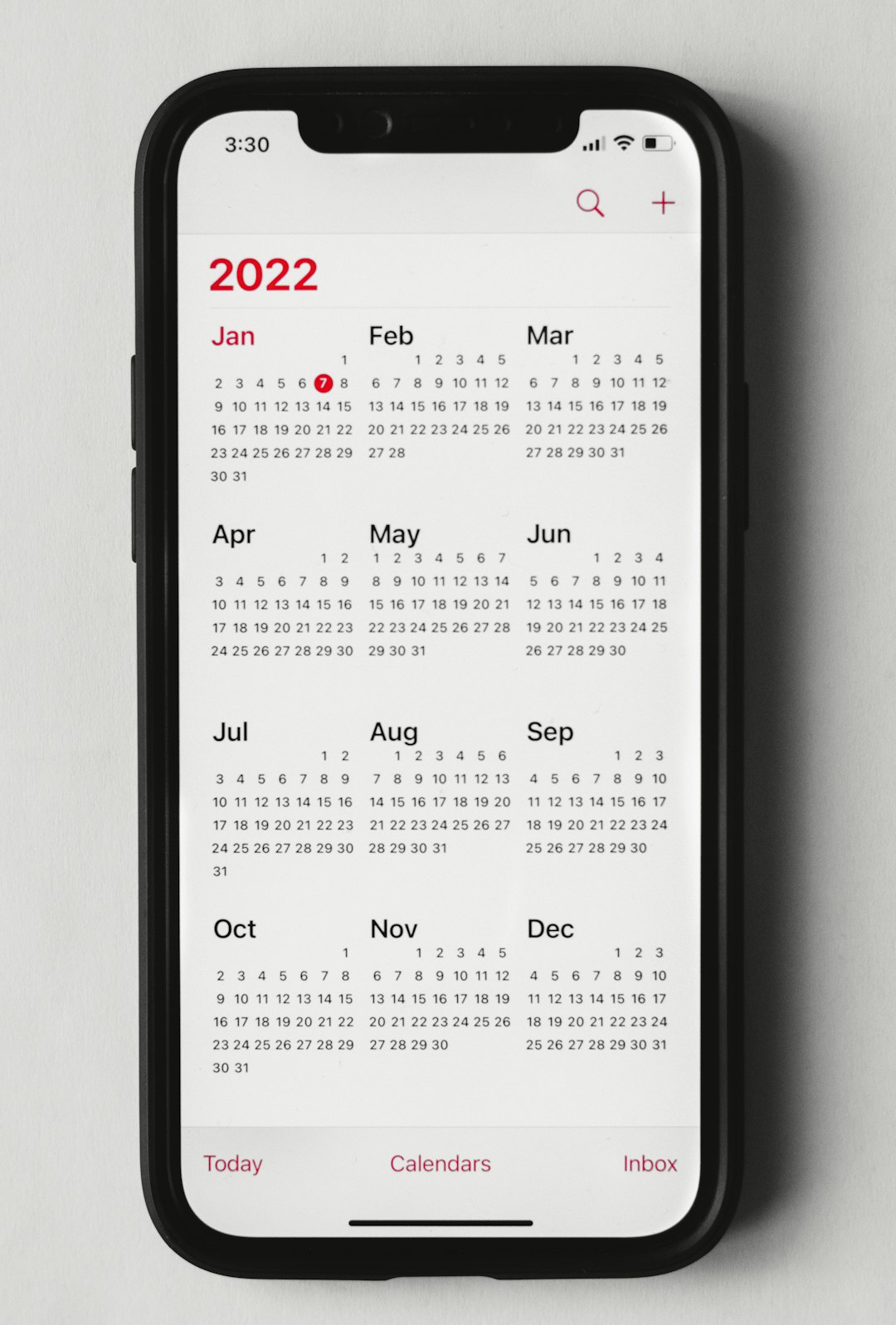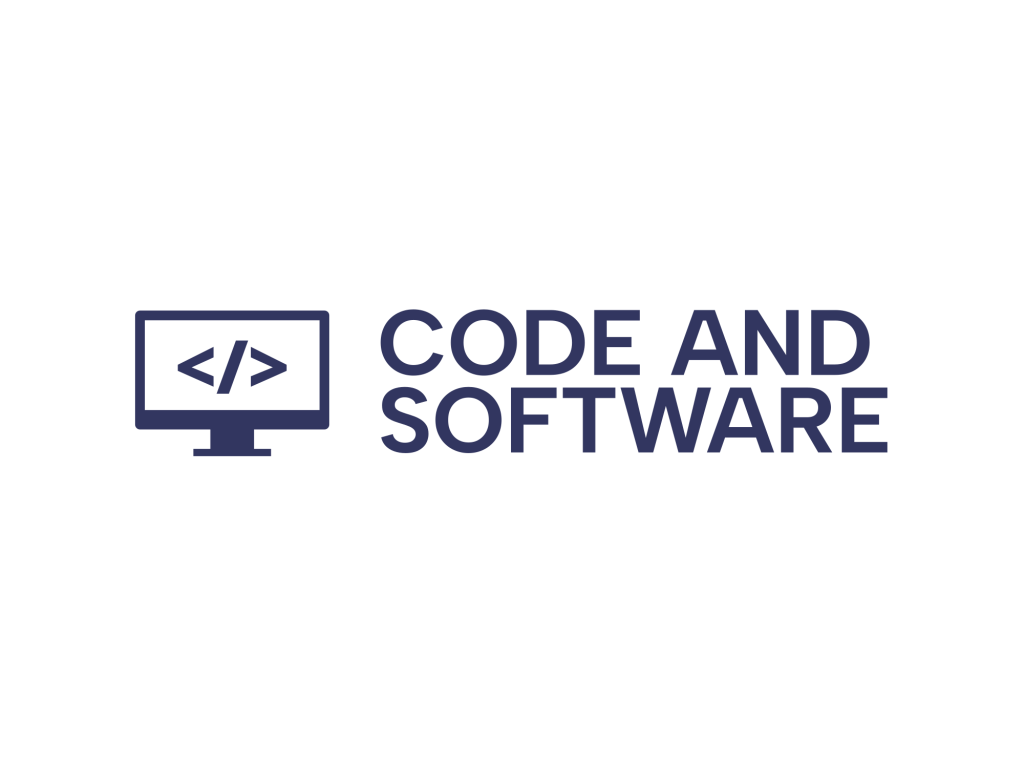In the highly competitive world of marketing, many professionals find themselves asking: “Why can’t I get ahead?” While a few seem to skyrocket to success, a significant number remain “stuck,” spinning their wheels despite long hours and relentless effort. The truth? It’s not about luck—it’s about leverage.
Most marketers don’t need more late nights. They need a smarter approach—one rooted in systems, scalability, and strategic leverage. Without this foundation, even the most creative and hardworking marketers plateau quickly.
The Luck Illusion
We often attribute others’ success to being in the right place at the right time. The virality of a campaign, the timing of a trend, or the sudden rise of an influencer can all seem like chance. But if you dig deeper, you’ll find that what looks like luck is frequently the result of intentional steps taken over time, paired with smart infrastructure that amplifies results.
Real marketing success is engineered, not inherited. That means aligning strategy, tools, and time in a way that multiplies output—not simply adds to it. This is where leverage comes in.
What Is Leverage in Marketing?
At its core, leverage is about getting disproportionate results from the same or less effort. For marketers, this can take many forms:
- Technology Leverage: Automating repetitive tasks with software to free up creative brainpower.
- Content Leverage: Repurposing one piece of content across multiple platforms and formats.
- Audience Leverage: Building a strong email list or social following that amplifies each message.
- Monetization Leverage: Creating evergreen products or funnels that generate revenue continuously.
Without leverage, marketers rely solely on time and energy—resources that are finite and easily exhausted.

Why Most Marketers Stay Stuck
Many marketers remain in a cycle of constant execution without evaluation. They measure effort—not effectiveness—leading to burnout and disillusionment. Here are a few common pitfalls:
- Tactics Without Strategy: Jumping from trend to trend without having a clear long-term plan.
- One-Off Execution: Constantly creating from scratch instead of building reusable assets.
- Lack of Systems: Relying on manual processes and human memory instead of streamlined workflows.
- Low ROI Activities: Spending time on vanity metrics or tasks that don’t drive real business growth.
The best marketers are not the busiest—they are the most efficient. They focus on high-leverage activities that build equity in their brand and impact over time.
How to Create Leverage in Your Marketing
Shifting from hustle to high-leverage requires a shift in mindset and operations. Here’s how to create leverage and get unstuck:
1. Build Evergreen Assets
Instead of chasing one-off campaigns, focus on building content and funnels that can work for you long-term. Think guides, webinars, lead magnets, and SEO-optimized content that bring a consistent flow of leads.
2. Document and Delegate
Create standard operating procedures for repeatable tasks and delegate or automate them. Tools like Notion, Trello, or ClickUp can help organize these systems.
3. Focus on Distribution
Great content is only great if people see it. Build relationships with influencers, partners, and your audience to increase reach. Re-share and re-promote actively to get the most ROI from your efforts.

4. Develop a Feedback Loop
Track what works and why. Use data to inform your next moves instead of guessing. Metrics like engagement, conversion rates, and lifetime customer value are far more meaningful than likes or views.
Case in Point: The 80/20 Rule
In marketing, the Pareto Principle often holds true: 80% of results come from 20% of actions. Effective marketers identify which channels, tactics, and content types deliver the biggest outcomes and double down on them. The rest? Either eliminate or delegate.
Final Thoughts
Marketing success is rarely about magical moments or lucky breaks. It’s the compound interest of strategic choices made consistently over time. It’s about measuring leverage, not hours, and creating systems that do the heavy lifting for you—even while you sleep.
So if you’ve been grinding without growing, it’s time to pause and reflect: Are you relying on sheer effort, or are you building a machine that multiplies your impact?
Leverage isn’t optional if you want to scale—it’s essential.


Leave a Reply